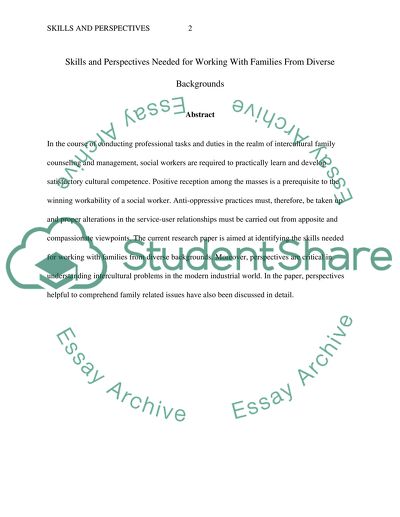Cite this document
(“Skills and Perspectives Needed for Working with Families from Diverse Research Paper”, n.d.)
Retrieved from https://studentshare.org/family-consumer-science/1469502-skills-and-perspectives-needed-for-working-with
Retrieved from https://studentshare.org/family-consumer-science/1469502-skills-and-perspectives-needed-for-working-with
(Skills and Perspectives Needed for Working With Families from Diverse Research Paper)
https://studentshare.org/family-consumer-science/1469502-skills-and-perspectives-needed-for-working-with.
https://studentshare.org/family-consumer-science/1469502-skills-and-perspectives-needed-for-working-with.
“Skills and Perspectives Needed for Working With Families from Diverse Research Paper”, n.d. https://studentshare.org/family-consumer-science/1469502-skills-and-perspectives-needed-for-working-with.


